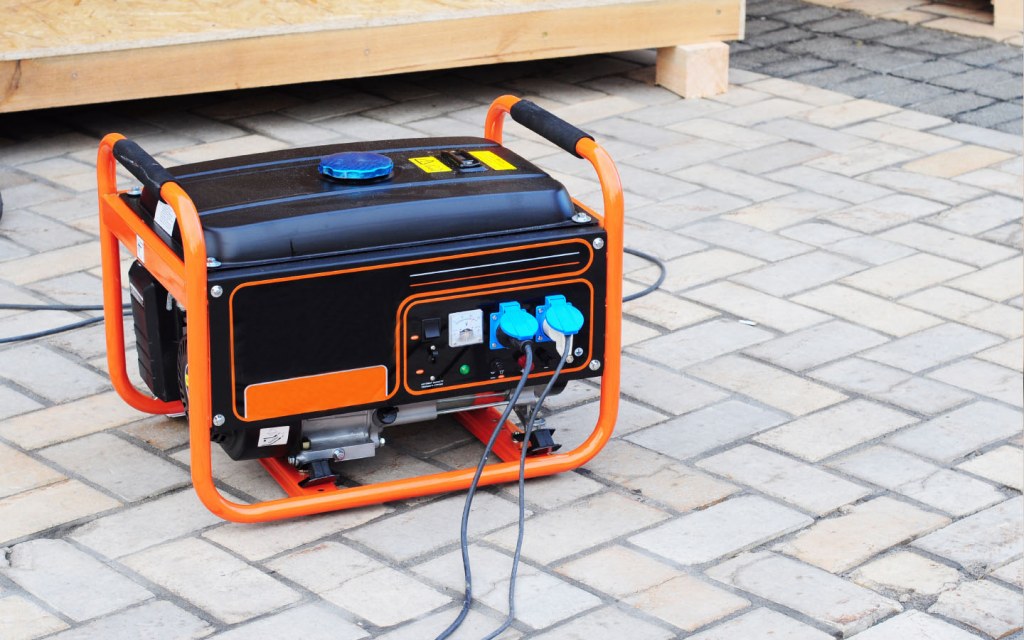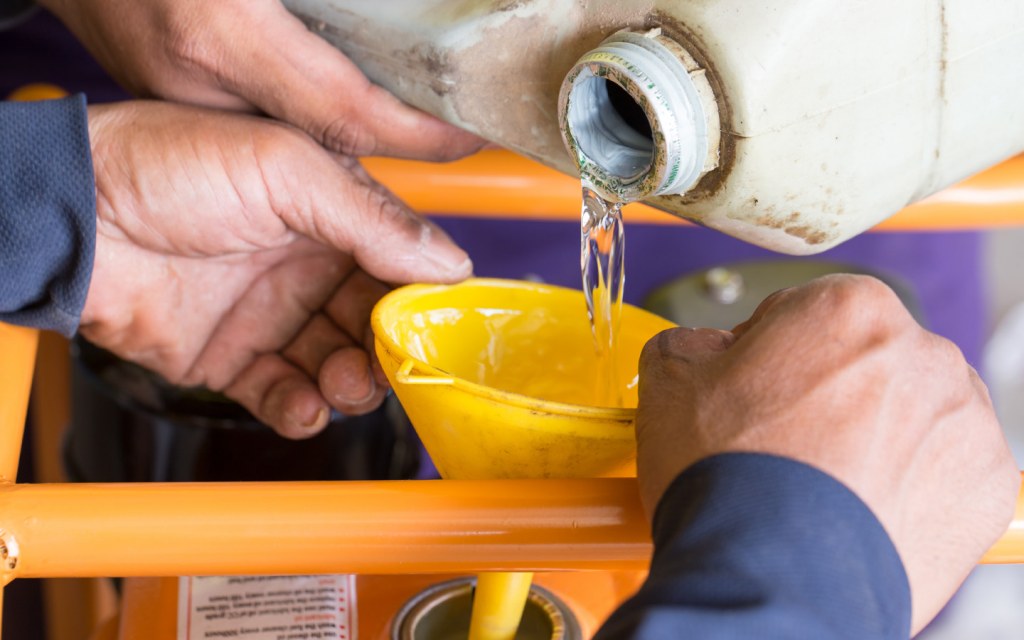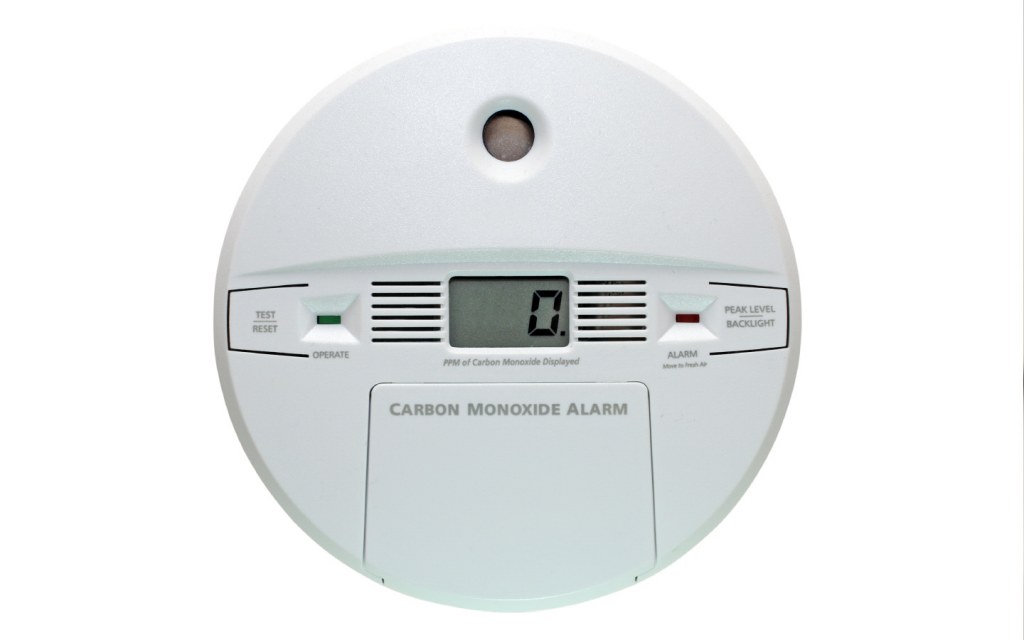Most cities in Pakistan face an onslaught of load shedding during the burning summer months. Therefore, Pakistanis have started tackling the issue with the use of UPS inverters and generators. However, while these backup power sources can make it easier to survive the load shedding of electricity, it is necessary to take appropriate safety precautions for generators to ensure that this convenience does not turn into a hazard for you and your family.
Here, we will discuss some of the top safety precautions for generators that you should take to ensure the safety and wellbeing of your loved ones. We’ve divided the necessary safety precautions for generators into four major concerns—general safety, electrical concerns, fire hazards, and Carbon Monoxide poisoning. Let’s discuss each of these in detail below.
General Safety

When it comes to general safety precautions for generators, these are the essentials that you need to keep in mind:
- Make sure you read the safety instructions accompanying the generator before installing, repairing or maintaining your generator. This includes all the processes that must be followed when the generator is used for the first time and the warnings issued for the equipment.
- Place your generator on a levelled surface, especially if yours comes with wheels. This will ensure that the generator does not move from its spot due to the vibrations caused when it’s powered on. If you fear that the generator will slide out of place during use, place wedges against its wheels or lock down its wheel with a locking mechanism.
- Additionally, try to keep the area around the generator clean and free from flammable items to avoid a fire hazard. Oil spills should be cleaned up immediately after generator maintenance, and all oily rags should be removed. Standing water should be mopped up or cleared away to avoid electrocution.
- Ensure that the generator’s cords and wires are not a trip hazard for foot traffic in the house.
- You should regularly service your equipment. However, when you decide to perform regular maintenance of your generator, make sure that it is turned off, all electrical and battery connections have been removed, and that the generator has had plenty of time to cool down after use.
Electrical Concerns

The safety precautions for generators also include a range of electrical concerns that should not be overlooked. These include:
- The first priority when installing a generator should be to set up a transfer switch that allows you to transfer the power source of your house to your generator. This will ensure a smooth transition of power minus the threat of short circuits.
- In the absence of a transfer switch, you should always plug appliances directly into the generator rather than using extension cords for the purpose. This is because most extension cords are unable to bear the load of the appliances that you might be running and this can become a potential fire hazard or result in a short circuit.
- When using extension cords, make sure that they are 3-pronged and have no cuts or damages. Frayed wires can result in electrocution if care is not taken while handling them.
- Do not attempt to backfeed your house by plugging your generator into a wall outlet. This will generate electricity in the entire circuit that is shared by you and your neighbours. Furthermore, they can get electrocuted if they are unaware of the fact that an electrical current is running through the house even during a power outage. This could also short circuit some of your appliances and electrocute any workers who are trying to restore power on a nearby transformer.
- Since your generator is connected to the electrical system of the house, try to keep its surroundings dry. If your generator is placed in a space where there is no roof to protect it from the rain, try installing a canopy over it.
- Avoid turning on your generator during wet weather, especially if the wires or equipment has gotten wet. Moisture or standing water near the generator can result in an electric shock if you aren’t careful.
Fire Hazards

Generators are potential fire hazards, and it is necessary to take safety precautions for generators in this regard. Some significant fire-related concerns are:
- Avoid exposing the surroundings of your generator to open flames, especially when it is turned on, as the fuel and fumes of your generator are extremely flammable. You should also avoid smoking in the vicinity.
- Never refuel a generator until it is turned off and has cooled down. Otherwise, the hot parts will ignite the fuel immediately, turning the scenario into a fire incident.
- Store fuel in approved containers only and make sure that you place them away from the generator and in a well-ventilated area. Avoid putting them too close to heat-generating sources for additional safety.
- It is best to install a fire extinguisher in your home for emergencies. Also, keep the emergency number for the fire brigade on speed dial while you work on your generator so you can call them immediately in case of a fire.
Carbon Monoxide Poisoning

Carbon Monoxide (CO) is a tasteless, odourless, and colourless gas that is poisonous and present in large quantities in the exhaust fumes of your generator. Here are some safety precautions that you should be aware of, to avoid accidental inhalation of the poisonous gas:
- Since inhaling Carbon Monoxide can be fatal, it is recommended to run your generator in a well-ventilated area. Do not place it inside cramped or enclosed spaces such as basements or garages as this will result in the accumulation of CO gas in the area.
- Ideally, you should direct the exhaust pipe of your generator towards a window or door from where the harmful fumes can be released into the environment rather than letting them collect indoors.
- People who inhale CO gas show symptoms of CO poisoning. These include dizziness, nausea, headaches, and feeling extremely tired. If you or anybody in your family has been working near the generator and suddenly shows any of the symptoms, take them outside into fresh air and seek medical help immediately.
- Carbon Monoxide detectors can help you protect yourself and your family from this invisible threat as most smoke detectors, and fire alarms cannot detect CO emissions. You can buy a plug-in version of the detector or one that is battery operated, depending upon your need. Use it as per the instruction manual and keep your loved ones safe from harm.
We’ve now discussed the necessary safety precautions for generators from all aspects. Use the precautionary measures as guidelines to ensure safer use of your generator and protect your loved ones from fire incidents and other hazardous situations.



